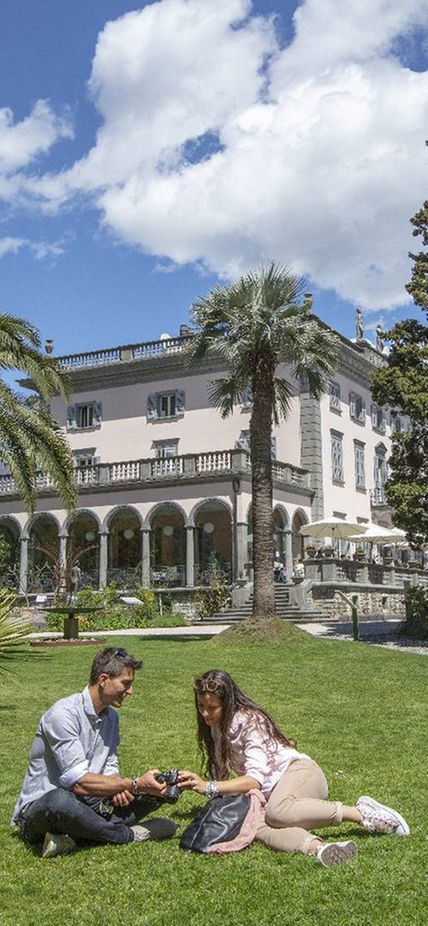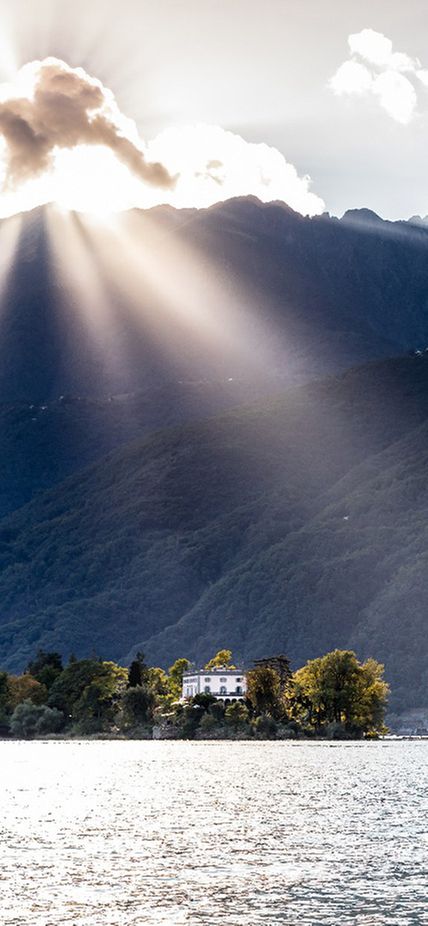Two green jewels in the middle of Lake Maggiore: not only Switzerland's only Botanical Garden on an island, but also a landmark of the region. Around 1,700 plant species from the Mediterranean and subtropical regions of all five continents grow here. Thanks to this diversity and its uniqueness, the Botanical Garden of the Brissago Islands is a member of the Gardens of Switzerland, which includes the most beautiful gardens. The islands are a popular destination for boat trips, families and a sought-after venue for wedding celebrations in a charming surrounding.




